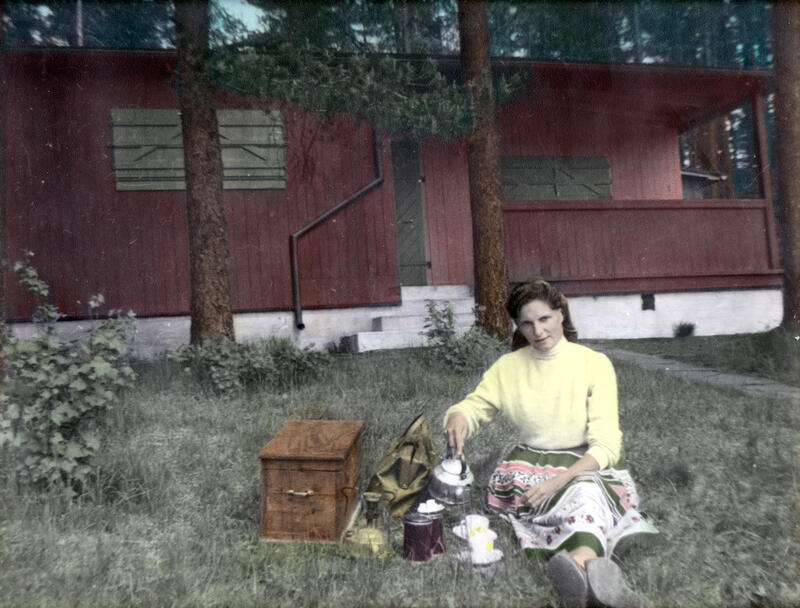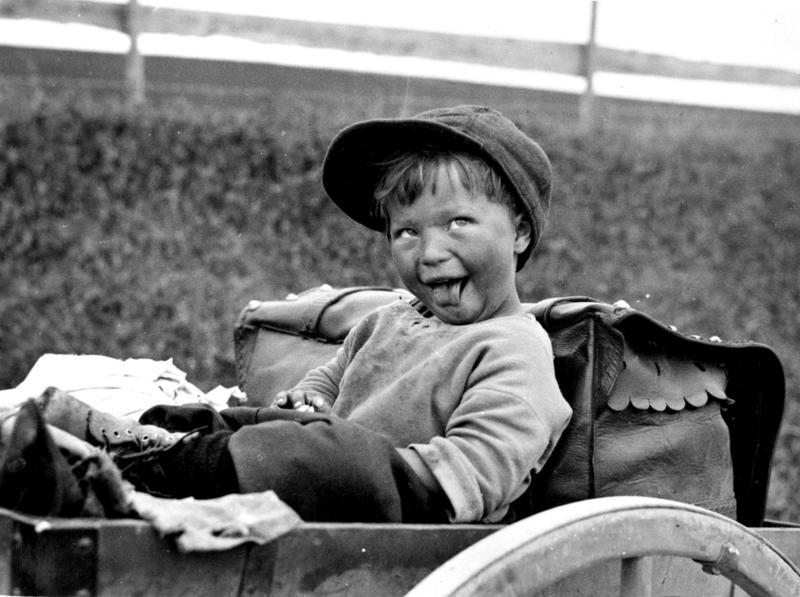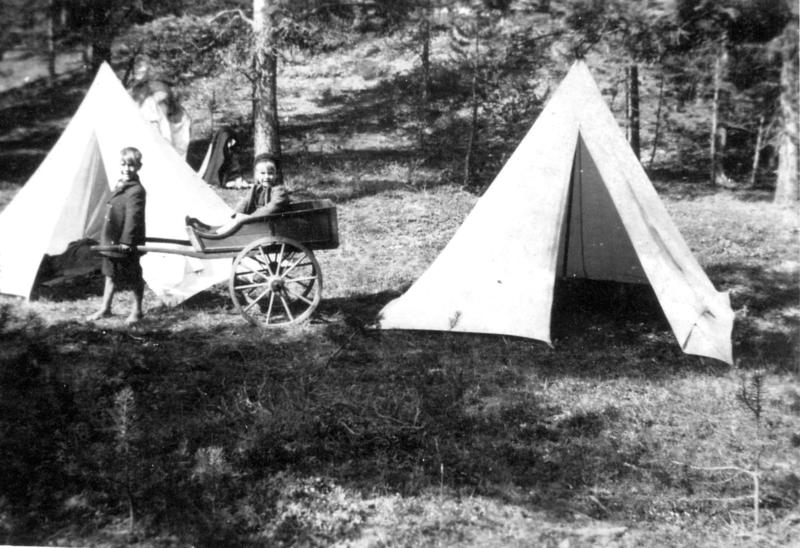An engagement could be an agreement between the parents, but never against the girl’s or the boy's will. Ideally, the marriage lasted a lifetime, and faithfulness was highly valued.
When a couple got engaged, the girl received a wide gold ring, a "solder ring", from the boy. He was also supposed to give the girl a coffee chest. The filigree brooch for her to wear on her chest, along with the ring and the coffee chest, were the three first and most important things a man would give his wife. If he was unable to make this chest himself, he would get someone else to do it for him. It was expected to include a coffee pot, a coffee grinder and a coffee can. These would all be made of nickel silver and were carefully decorated.
The coffee pot, coffee grinder, coffee and sugar cans, which were supposed to be in the coffee chest, were traditional wedding gifts.
- 1/1
Aksel and Hulda Karlsen’s wedding gifts made in nickel silver: coffee can, coffee pot and coffee grinder, 1920. Foto: Emir Curt / Anno Glomdalsmuseet
While some couples were married, others lived in common-law marriages. Eventually, civil or church wedding ceremonies became common. When the girl joined the boy to travel with his family, they were looked upon as a married couple, regardless of official status.
The Travellers’ marriages were often stable. The ideal was for spouses to stay together throughout life, but that did not always work out, especially due to outside pressure.
- 1/1
Oliver Alexander and Karoline Oliversen with their son in Ørstad at Sunnmøre. Karoline is serving coffee, ca 1950. Foto: Anno Glomdalsmuseet





